- Home
- PCB Prototype
- Assembly
- PCB
- Rigid-Flex PCB
- Technology
- PCB Material
- Epoxy Filled Vias
- Heavy copper circuit board
- HDI Micro vias PCB
- Controlled Impedance
- RF & Microwave PCB
- Rigid-Flex Circuit
- Bending And Folding
- Thermally Conductive PCB
- Flex PCB Design Guidelines
- Rigid-flex PCB design guidelines
- HDI PCB design guidelines
- Heavy copper PCB design guidelines
- Flexible PCB design issues
- Flex-Rigid PCB design issues
- Turn-key PCB Assembly design issues
- PCB Trace Width Calculator
- Company
- Quote

High Quality PCB and PCBA Assurance
Our PCB Quality Assurance department is the Customer’s advocate, a fully independent body that reports directly to the Top managerment. The QA team always do inspection 100% full check, we implement AQL standard quality control system. All of products are allowed to deliver to customer after QA approval.

- Maintenance, compliance and upgrade of QMS
- Maintenance and upgrade of UL certifications
- MRB authority
- Final and in-process inspection
- Internal auditing
- Calibration of tools and measuring equipment
- PPM target: 500 PPM, internal control
Quality Certifications
-
ISO 9001:2008
-
ISO 14001:2004
-
ISO/TS 16949:2009
-
UL
Inspection and Testing Equipment
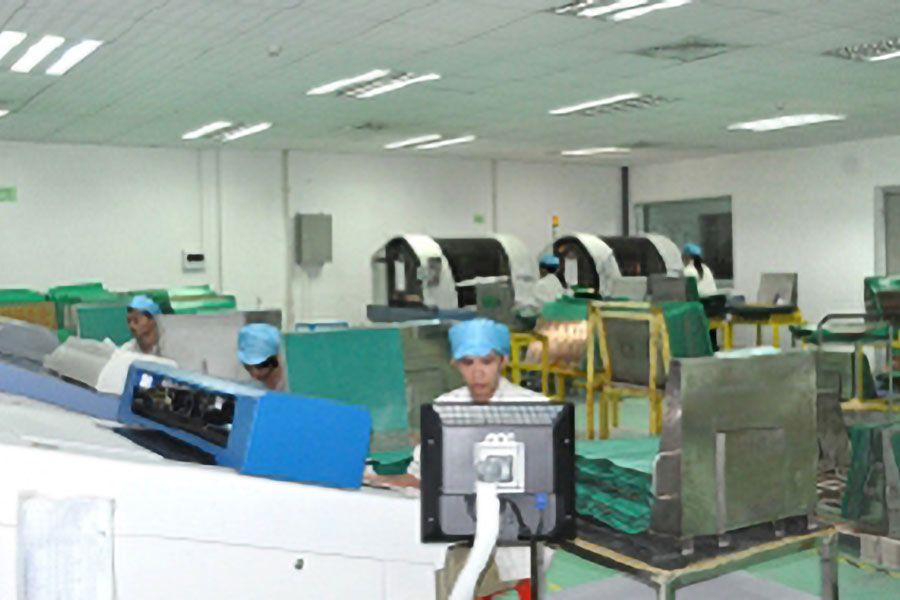
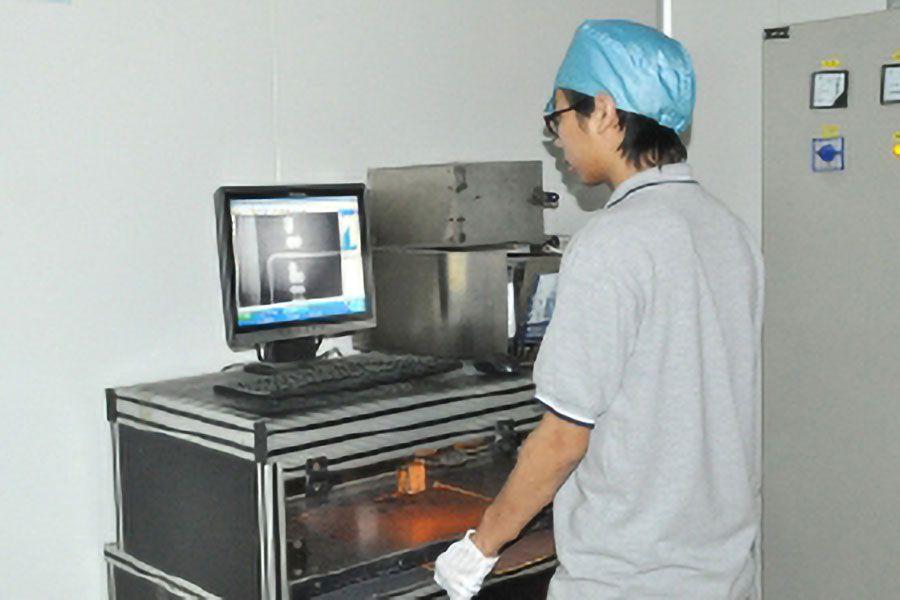
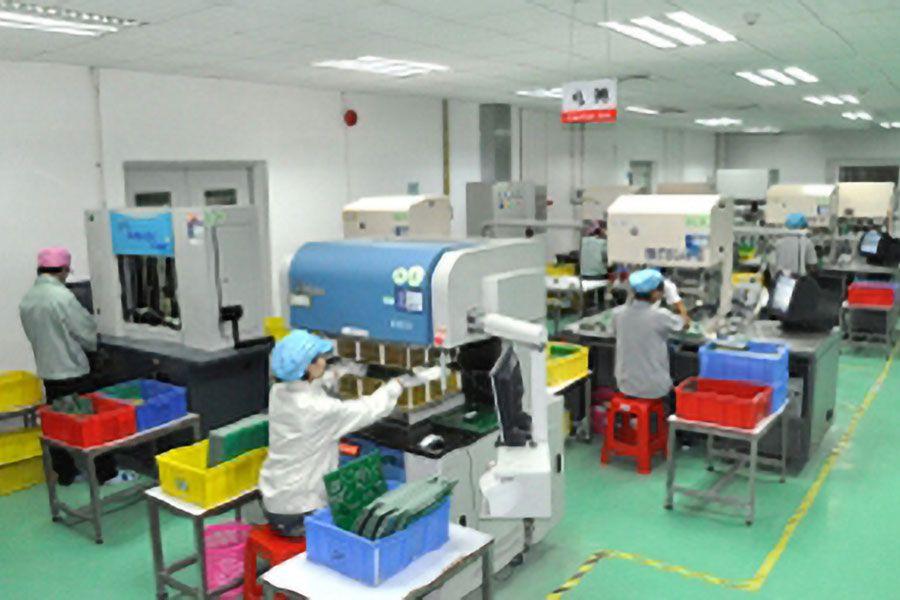
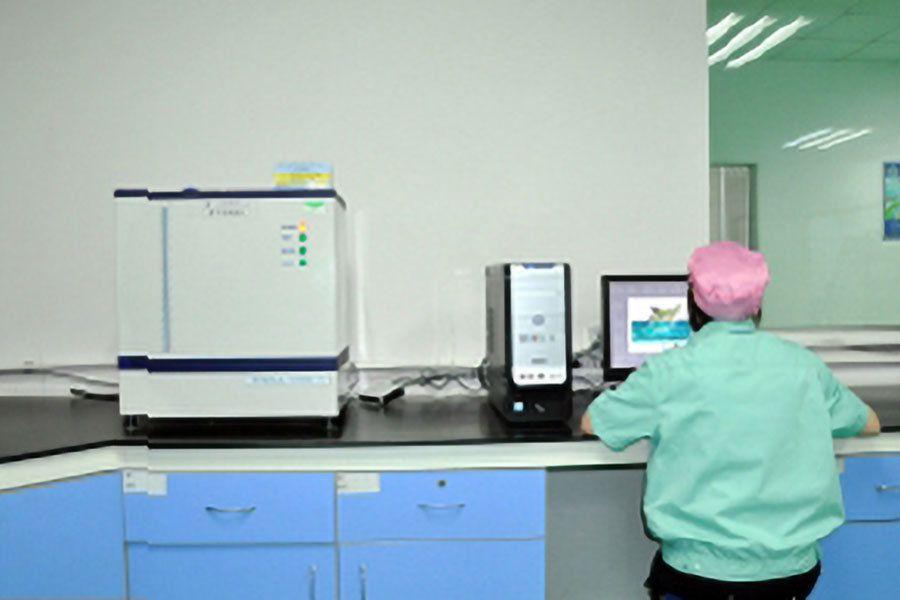
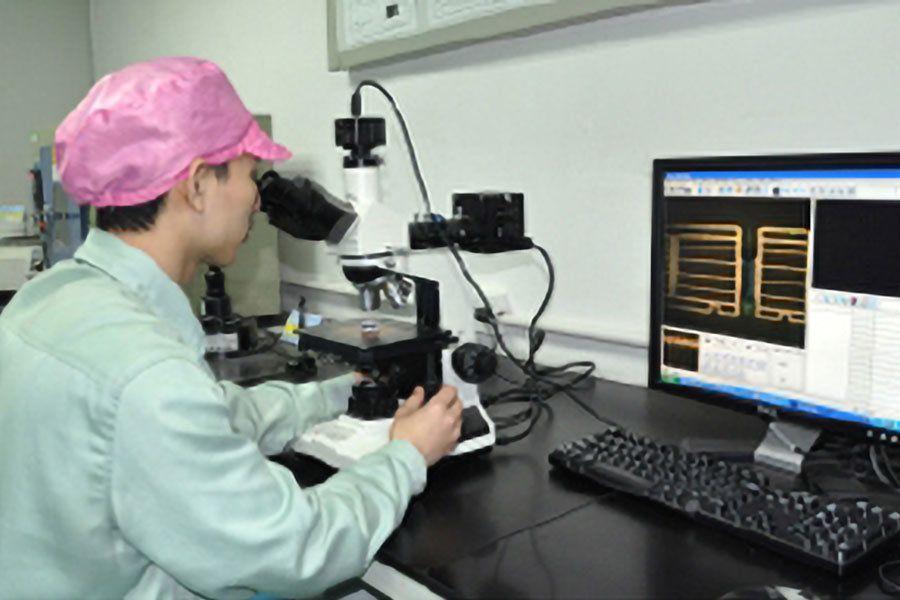
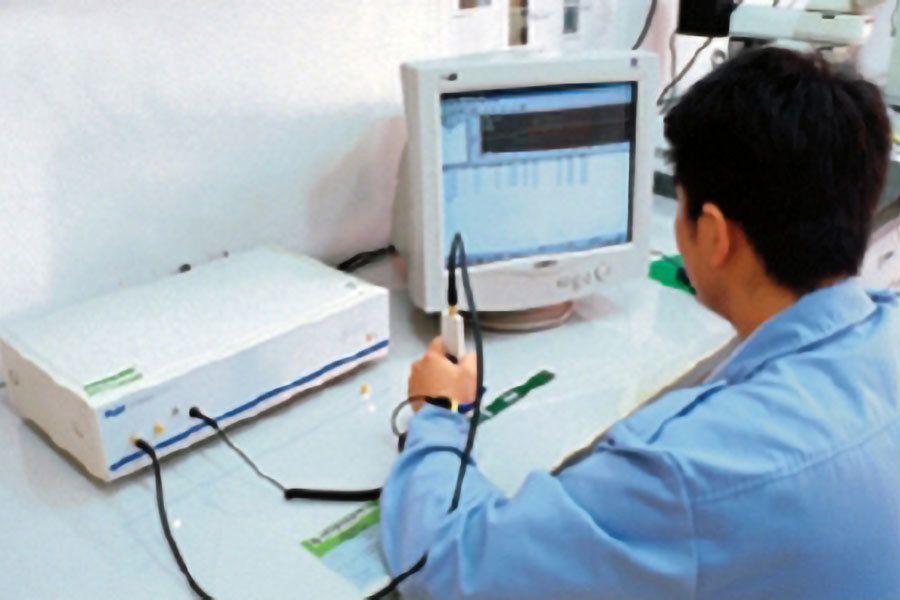
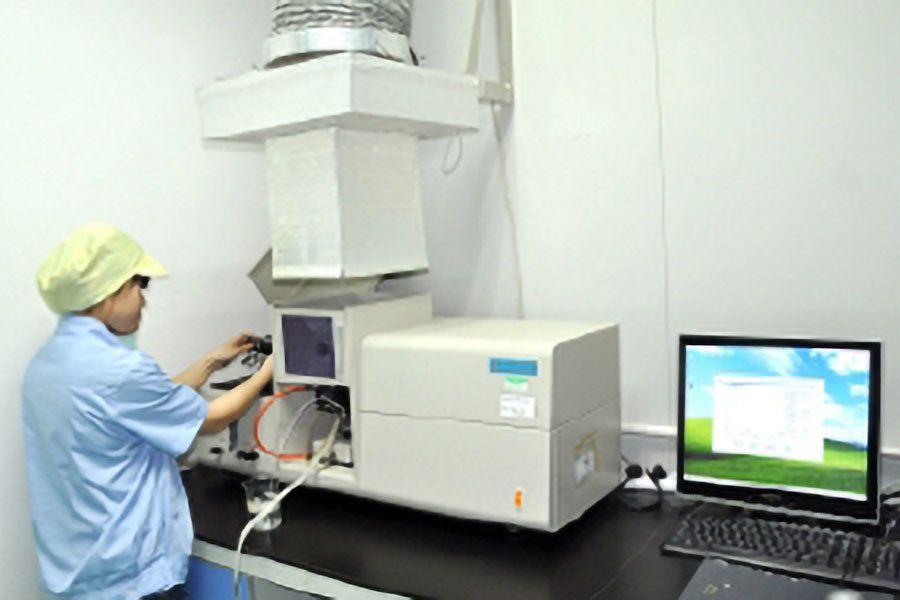
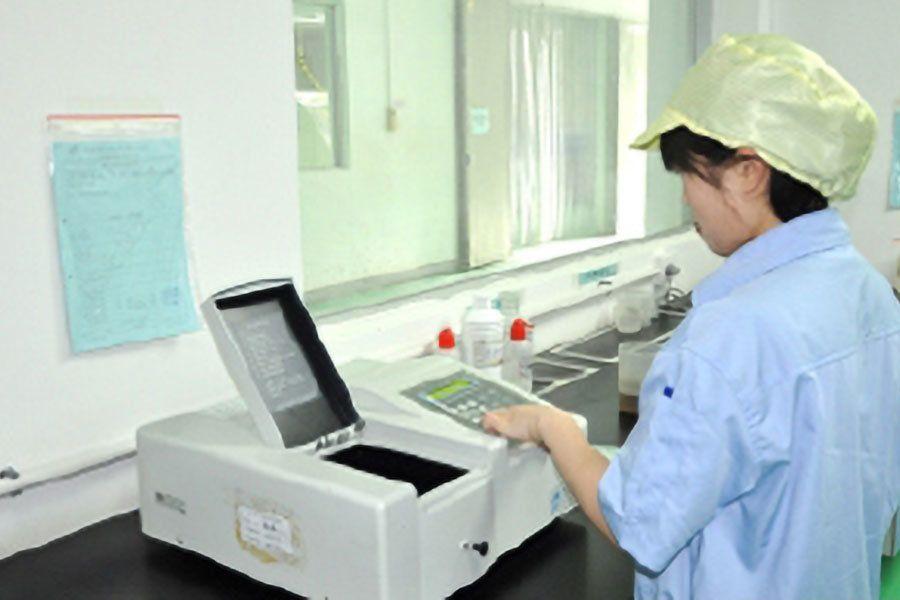
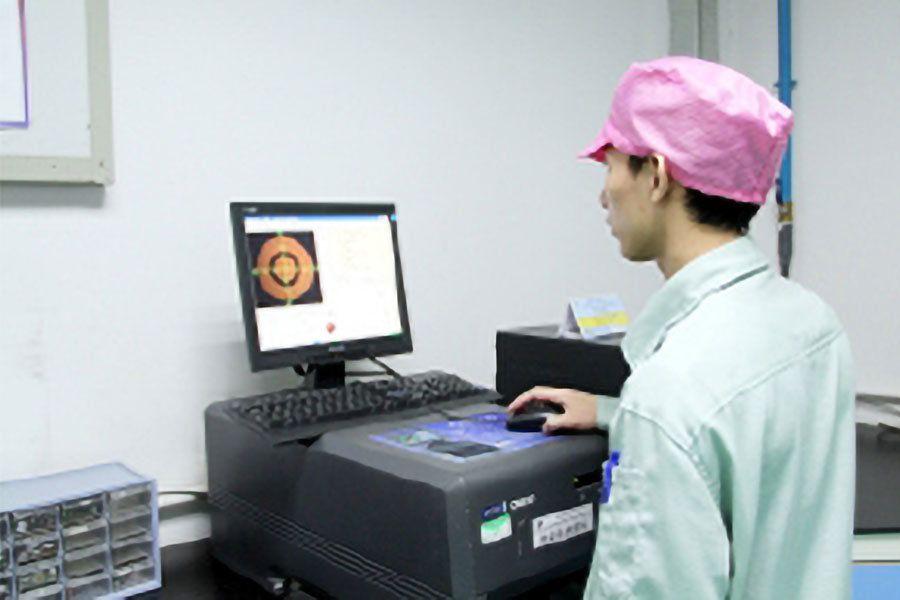
High quality HDI PCB Fabrication
If you thought that the manufacturing of HDI PCBs would require special equipment or additional time, you would be right, as several processes and particular equipment are needed to assemble these high-quality pcb boards. Laser drill technology is needed to drill the small micovias, which allow for additional technology on the board. The lamination process of HDI PCBs is also more complex, due to the fact they are multi-layer boards constructed with densely routed layers.
A typical PCB has one or two layers, while multilayer PCB can have up to 20 layers depending on their complexity. When it comes to HDI PCB, however, it could have as many as 40 layers which have densely mounted components, fine lines and micro vias. Some of the advantages of using HDI PCBs include:
- The ability to have several permutations and combinations when it comes to the layers.
- If you are looking for coreless designs, HDI PCBs come in handy
- With via-in pad, what you can also have is the maximum number of components in minimal number of layers.
- When it comes to mission-critical applications, The importance of HDI PCBs increase manifold.
- They offer the highest level of accuracy
- They have a better signal speed. The signal integrity is improved on account of shorter distance connections as well as lower power requirements.
- Some of the other performance improvements of HDI PCBs include stable voltage rail, lower RFI/EMI, distributed capacitance.
- It facilitates small cores and allows for fine drilling
- It also facilitates microvias
- It decreases power usage
- It is extremely cost effective
- It goes a long way in improving the overall performance of the device
- On account of the design efficiencies that HDI PCBs offer, it also allows for faster time-to-market, which is a significant source of competitive advantage in today’s times.
If you are looking for best PCB fabrication services from product layout, manufacturing to warehousing and shipping, please explore our PCB fabrication services! We offer fast prototyping and consistent delivery of high quality products with quick turnaround times. We run extensive DFM tests to ensure that there are no costly errors later. The fact that we are an ISO 9001:2008 company with unstinting focus on quality when it comes to PCB Fabrication ensures that you can rely on our services.
High quality Rigid Flex PCB Fabrication
At Hemeixin, we have over 20 decades of experience in fabricating as well as assembling high quality rigid flex PCB. Irrespective of the type of PCB that you require, you can count on us. Our reputation in delivering high quality rigid flex PCBs stems from various factors. The first, that we have state-of-the-art equipment to cater to highly complex boards. Whether your requirement is rigid PCBs, flexible circuit boards or rigid flexible PCB boards, we have covered your needs. We offer multi-layered boards that are suitable for your bespoke needs in a wide variety of materials.
We are an ISO 9001:2008, TS 16949:2009 Certified PCB Manufacturing and PCB Assembly company that sticks to quality standards. We have an extremely qualified team of Rigid Flex PCB Manufacturers who is equipped with industry best practices, ensures that you are in safe hands. Not only can they provide you with the best products they also offer the necessary PCB expertise to ensure that you do not have to reinvent the wheel or deal with any costly mistakes.
We understand the market dynamics and the fact that quick time to market is a big source of competitive advantage. This is the exact reason why at Hemeixin, we lay a lot of emphasis on quick turnaround time. When you partner with us, you can rest assured that we will stick to our timelines.
The other significant advantage that we offer is that we do not let the volume of PCBs come in the way of quality. Whether your requirement is for prototypes or full production runs, you can rely on our services.
All you need to do is to share your exact requirements with our rigid flex pcb manufacturer team and we will get back to you with a competitive, custom quote.
High quality Flexible PCB Fabrication
Some of the most common flexible PCB issues are:
Solder Mask/Coverlay Openings Not Wide Enough: Some change to the shape of flexible circuitry during fabrication is to be expected. Processes like copper plating, etching and pumice scrubbing are bound to have some effect. However, those used to designing rigid circuit boards may not allow for larger tolerances for coverlay, die cutting, stiffeners or the adhesive squeeze resulting from the coverlay dielectric lamination. Because there are so many complex processes to consider when designing a custom flexible PCB, it’s important to make sure the openings in the coverlay are wide enough.
Solder Joints Too Close to Bend Point: The point where the solder is bound to the copper trace is the solder joint, and they are much more rigid than the rest of the copper trace due to the addition of the solder. In a rigid circuit board, this is usually not an issue. In a flexible PCB board, if the solder joint is too close to where you will bend the substrate, you are going to have a cracked solder pad or lose the lamination, either of which will probably cause the board to fail.
Spacing Between Solder Pads: Since you need to make the solder mask/coverlay openings larger in a flexible PCB board, you risk exposing the edges of adjacent conductor traces when you route them too close to the solder pad. The result can be shortouts of solder bridges between connector pads or pins. It’s important to make sure you design your flexible PCB board with greater space between each solder pad and its adjacent conductive trace to account for the larger coverlay openings.
Stress Points in Conductors: A common problem that designers of rigid circuit boards often find with flexible PCB boards is in creating stress points. Trace arrangements that are perfectly suitable for rigid circuit boards, such as ones with acute junctures at the base of solder pads or sharp corners, will not work with folding, flexing flexible PCB boards once the user applies that board to their application. Whenever the user flexes that area where the stress point is, fracture or delamination is likely to occur.
Stacked Traces: It’s important to make sure the copper stays in the neutral axis of a bend. When traces on either side of the dielectric stack right on top of each other, traces on the outside of the bend radius will often crack when one bends the circuit if the traces on opposite sides are perfectly lined up. The farther the tension forces these traces away from the neutral axis of the folded area, the more likely there is to be a fracture. By designing the region as one conductive layer, you can sidestep this problem.
When it comes to avoiding flexible PCB board issues, it starts with design. You want your flex printed circuit boards designed and manufactured by flex PCB experts, who have designed these types of boards many times before and know what the correct protocols are for this particular board.
Hemeixin uses an automated flexible PCB quality management system (QMS) to ensure that the products we produce are of the highest possible quality. The QMS has many capabilities to it and the customers that tour our facility are always impressed by the way we leverage this technology. Below are a few of examples of the capabilities in our QMS system:
- Document and data control
- Engineering change request (ECR) / Engineering change orders (ECO)
- Calibration and preventative maintenance
- Supplier approved vendor list (AVL) management
- Corrective actions / preventative actions
- Internal Audit database
- Meeting minutes database
All of the functions of the QMS system are accessed directly from the dashboard. This allows users to easily get to the information they need to perform their function.
High quality Turnkey PCBA manufacturer
PCBA Quality refers to the measurable characteristics of a circuit board that enable it to meet customer requirements while meeting industry standards.
We understand that your devices need to fulfill the highest standards of quality for optimal performance. Our fabrication processes are geared to meet your expectations followed by validation through quality conformance checks. Every product we manufacture is checked during and after the fabrication process .
We hold every certification and approval required to validate the manufacture of high-quality PCBAs.
Designs built to have maximum lifetime and quality must satisfy some of the strictest reliability standards, such as IPC-6012DS. Typical applications are in aerospace and defense electronics, some automotive products, and medical devices. We support modernization and digitization efforts with our turnkey PCB production services for advanced high-reliability desings:
- Rugged assembly - Leaded soldering, mixed through-hole and SMD, automated and manual conformal coating adhesives, encapsulants, and epoxy bonding
- Certification - Facilities certified to ISO 9001 to support high reliability requirements markets, plus other certifications as required
- Qualification - IPC-A-600 or IPC-6012 inspection levels available, plus additional documentation upon request
We are committed to fulfil your PCB assembly requirements with high quality standards and quick turnaround time! Our team of experts focus on minor defects that can harm the PCB. They solve it efficiently so that there are no chances of any problem in the future. We are experienced in PCB assembly services and take care of our customers across the world. The PCB manufacturing and assembly process carried out by Hemeixin is in compliance with international quality standards by using high grade components in the assembly process.
- PCB Technology
- PCB Material
- Epoxy Filled Vias
- Heavy copper circuit board
- HDI Micro vias PCB
- Controlled Impedance
- RF & Microwave PCB
- Rigid-Flex Circuit
- Bending And Folding
- Thermally Conductive PCB
- Flex PCB design guidelines
- Rigid flex PCB design guidelines
- HDI PCB design guidelines
- Heavy copper PCB design guidelines
- Flexible PCB design issues
- Flex-Rigid PCB design issues
- Turn-key PCB Assembly design issues
- PCB Trace Width Calculator
-
Phone:
-
Email:This email address is being protected from spambots. You need JavaScript enabled to view it.




